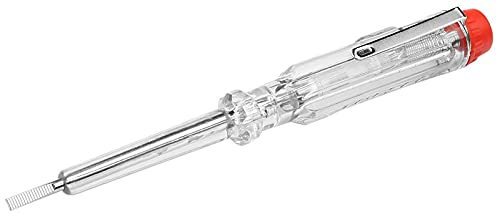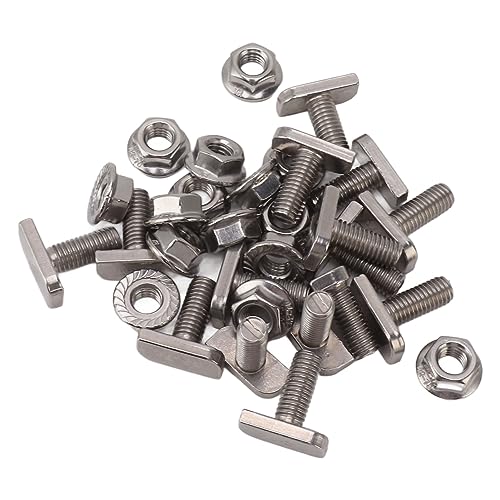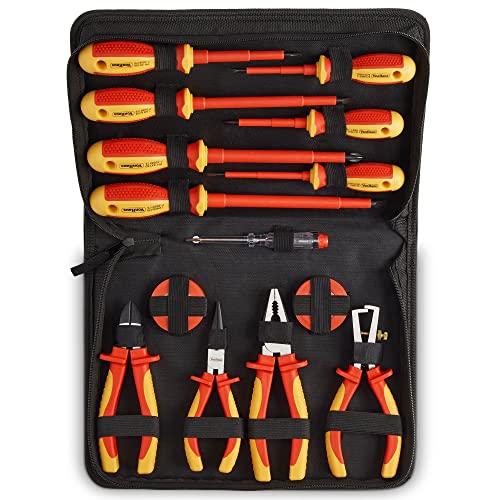Hi Rob,
No, that is incorrect, There is only ONE Zs limit, and that is the one appropriate for the OCPD that protects the circuit against overload and PSCC and PEFC. The RCD is there for two reasons, one, because it will trip at very low currents that, whilst they will kill you, would not result in the OCPD operating, and two, to limit touch voltage to 50V . This is why they say that the max Zs for a 30mA rcd is only 1667 ohms and NOT 7666 ohms, even though that would still operate the rcd.
An rcd provides additional protection, it is not the primary protective device... so there is only ONE Zs limit.
True, you CAN use an RCD as part of a TN system [if needed] to help meet disconnection times that would otherwise be difficult to achieve, but ANY circuit that has a Zs above about 200 needs looking at... You cannot say "I have an rcd, Zs is less than 1667, so that is ok."
An rcd does come into its own on a TT system as otherwise you would be struggling to meet disconnection times with anything but a small OCPD, but even then, you could certainly not have an Ra of 1000 ohms or anything silly like that.
Leaving aside earth loop impedance, nobody seems to care about measuring L/N loop impedance, but i always do, for two reasons. One, to check that the circuit complies from the point of view of volt drop, [how else you going to know] and secondly, to measure what the PSCC will be.
You need to know this for TWO reasons. Firstly, to make sure that the OCPD can break this magnitude of current, and secondly, and just as importantly, to make sure that in the event of a L/N fault, a simple "short circuit" that the OCPD will once again operate in the required time. You need to make sure it does, as otherwise, the cables could get hot enough to be damaged due to the fault current. An OCPD is not there just to protect against earth fault current..
john...
I am no expert on this sort of thing, but i have an idea them that are will soon be along!!!!!

































































